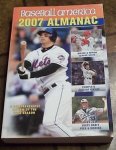Juan Gris
Well-known member
That multi-plate card is a great design.
I only pick up printing plate cards if they include an auto. Anything else doesn't hold my interest.
I only pick up printing plate cards if they include an auto. Anything else doesn't hold my interest.



